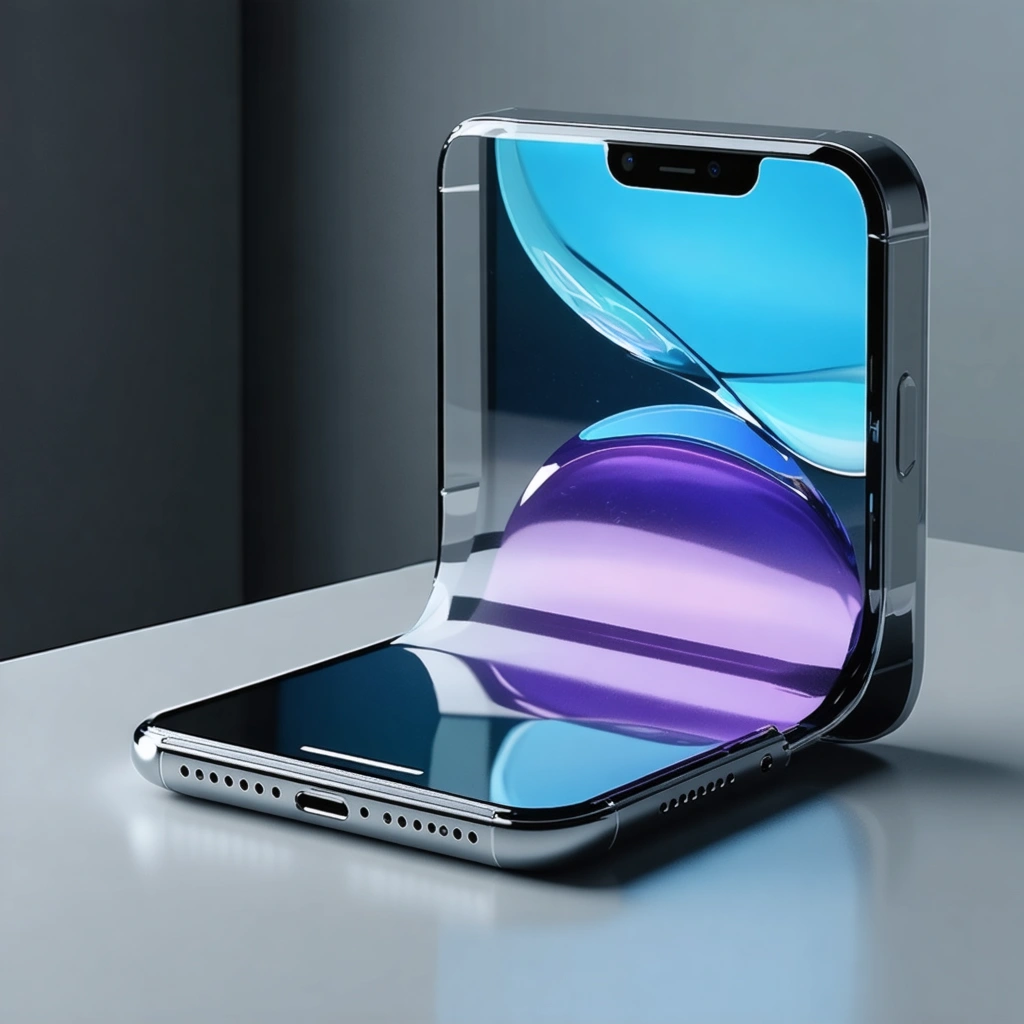
Introduction
The mobile industry continues its relentless evolution, and technology leaders are consistently pushed to innovate. As the foldable smartphone market expands, Apple is at a critical juncture. The need to launch a foldable iPhone Flip this year is more pressing than ever. The competitive landscape is intensifying, and competitors such as Samsung, Google, and other emerging brands are aggressively investing in foldable technology. This article explores why Apple must seize this moment and delve into the foldable niche to sustain its market dominance and introduce innovations that redefine user experience.
Market Dynamics and Competitive Pressure
Competitive Landscape
In today’s market, the race to introduce advanced device form factors has become a litmus test for technological leadership:
- Samsung: A front-runner in foldable technology with devices like the Galaxy Z Fold and Z Flip.
- Google: Experimenting with flexible displays and innovative software integrations.
- Emerging Competitors: Several startups and tech companies are rapidly entering the foldable market with highly competitive offerings.
For Apple to remain a leader, it is critical to directly address foldable technology – ensuring that its ecosystem continues to represent both cutting-edge design and unmatched performance. Failing to act could mean losing a substantial share of the premium smartphone market to competitors who are already capitalizing on the foldable trend.
Strategic Advantages of Foldable Technology
The decision to launch a foldable iPhone Flip is not solely about competing; it is about transforming the way consumers interact with devices. Several strategic advantages position foldable smartphones as the next frontier:
- Enhanced Multitasking: Users can enjoy a larger screen real estate for multitasking, which is invaluable for professionals on-the-go.
- Innovative User Interfaces: The transition from a traditional smartphone to a foldable device paves the way for unique app integrations and functionalities.
- Design and Portability: A foldable model provides the dual benefits of a compact design and the benefits of a larger display when unfolded.
- Ecosystem Integration: Seamless integration with Apple’s ecosystem can lead to new service opportunities and enhanced user experiences.
Technological Innovations and Business Implications
In-House Innovation and Supply Chain Management
Apple has always been synonymous with innovation. In the foldable smartphone sector, the challenge lies in balancing innovation with refined elegance. To achieve this, Apple must:
- Capitalize on its research and development capabilities to produce new, groundbreaking hardware innovations.
- Establish robust partnerships with suppliers specializing in flexible display technology to ensure high-quality output.
- Leverage extensive expertise in software design to optimize user interfaces that compliment the foldable format.
Apple’s longstanding commitment to premium quality and reliability implies that the foldable device should not only be a technological marvel but also set new benchmarks in design and durability. This drives both the company’s brand reputation and long-term market positioning.
Business Strategy and Market Expansion
A well-timed entry into the foldable market can catapult Apple’s market share while expanding its range of innovative products. Key business strategies include:
| Strategy | Description | Expected Outcome |
|---|---|---|
| Product Differentiation | Developing unique features that leverage the foldable design while integrating seamlessly with the Apple ecosystem. | Creates strong differentiation from competitors and appeals to both tech enthusiasts and business professionals. |
| Brand Reinforcement | Using the foldable device to reinforce Apple’s identity as an innovator in mobile technology. | Enhances consumer loyalty and underpins premium brand value. |
| Market Penetration | Targeting niche segments that demand flexible and advanced devices, including enterprise clients and high-end consumers. | Boosts revenue and establishes a foothold in an evolving market segment. |
These strategies, if implemented effectively, could serve not only to fend off competitive rivalries but also to position Apple as a pioneer in the newly emerging foldable era.
Future Outlook and Conclusion
Long-Term Benefits of Foldable Integration
Introducing a foldable iPhone Flip is not just about short-term market gains. Such a move has long-term benefits that include:
- Innovation Leadership: Reinforces Apple’s image as a forward-thinking leader in technology.
- Customer Retention: Provides loyal customers with novel, high-quality device options that integrate seamlessly with other devices in the Apple ecosystem.
- Revenue Diversification: Opens new streams of income from premium device sales and related services.
- Technological Benchmarking: Sets new industry standards for quality, performance, and design in the evolving realm of mobile technology.
Conclusion: A Call to Action
The current competitive climate calls for bold moves, and foldable technology is poised to revolutionize the market. To maintain a dominant edge and preempt competitors, Apple must launch the foldable iPhone Flip this year. This strategic decision will not only preserve Apple’s innovative legacy but also pave the way for transformative consumer experiences. By integrating state-of-the-art hardware advancements with sophisticated software enhancements, Apple can redefine industry paradigms and shape the future of mobile technology.
In summary, adopting a fast-track strategy for the launch of a foldable iPhone Flip is imperative. Apple stands at a crossroads where innovation meets execution – and the choice made now will have lasting implications for the company’s global influence. The time to act is now, and the foldable future promises boundless opportunities for growth, diversification, and unrivaled customer satisfaction.




